A new report details the extent of inaccessible public lands in the Mid-Atlantic
The Theodore Roosevelt Conservation Partnership and onX announced today that more than 80,000 acres of public land in New York, Pennsylvania, and New Jersey are entirely landlocked by private land and, therefore, inaccessible to hunters, anglers, and other outdoor recreation enthusiasts.
The Findings
Using today’s leading mapping technologies, the collaborative study found that more than 39,000 acres of public land in New York, 27,000 acres in Pennsylvania, and more than 14,000 acres in New Jersey are landlocked and inaccessible to the public unless private landowners grant individual permissions to cross their properties. The detailed findings are now available in a new report, “The Mid-Atlantic’s Landlocked Public Lands: Untapped Hunting and Fishing Opportunities in New York, Pennsylvania, and New Jersey,” which also unpacks the history of the issue and how these states are working to solve it.
“The issue of landlocked public lands is one that has captured the attention of outdoor recreationists and lawmakers in recent years, and for good reason: These lands belong to everyone, yet they are currently unavailable to the general public,” said Joel Webster, with the Theodore Roosevelt Conservation Partnership. “Access is absolutely vital to our community and to the future of hunting and fishing. We hope that decision-makers will see this report’s findings as strong evidence that programs to improve and create new access need robust support.”
Of the various types of public land examined by the report, the majority of landlocked acres in each of the three states were state lands, followed by combined county/municipal acres. Ranging in size from just a few acres to several hundred, these parcels could potentially offer recreationists in the region new opportunities to get outdoors both in rural areas and those closer to major urban centers, where there is a growing recognition of the need for outdoor access.
“Public land access is vital to outdoor enthusiasts,” said onX access advocacy manager Lisa Nichols. “Because handheld GPS technologies have made it easier to discover areas of public land—particularly isolated, small, or out-of-the way parcels—these landlocked acres represent lost opportunities that would otherwise be available to all of us. Expanding access to these places would offer very real benefits to communities, especially those in places where the possibilities to get outside and enjoy the outdoors are relatively limited.”
The Solutions
Last month’s passage of the Great American Outdoors Act secured full funding for the most powerful public land access tool, the Land and Water Conservation Fund (LWCF). As a result, the program will now provide a guaranteed $27 million in annual federal funding for public access work. Additionally, at least 40 percent of the program’s overall $900 million budget must be used for state-driven projects. This funding can be dedicated to opening landlocked parcels through each state’s State Comprehensive Outdoor Recreation Plan, part of which prioritizes projects eligible to receive LWCF funding.
The onX-TRCP report further highlights several important state-level programs that help to create new access for public land users.
New York’s Open Space Conservation Plan, established in 2016, prioritizes land acquisitions that fall under seven major types, among which is land that unlocks access to public land beyond. One of the means of supporting these projects is the state’s Environmental Protection Fund, funded by a real-estate tax, which has supplied around $30 million annually for land acquisition in recent years.
“Enhancing access to public lands and quality habitat throughout New York and the mid-Atlantic is absolutely critical to the future of hunting and angling here,” said Todd Waldron, host of the Outdoor Feast Podcast by Modern Carnivore and resident of Chestertown, NY. “Finding places to hunt, fish, and get outside is often cited as the paramount challenge for new hunters, anglers, and outdoor recreationists of all kinds. This great collaborative work by onX and TRCP highlights how landlocked public lands could provide more access opportunities for all New Yorkers to enjoy, ensuring that wildlife and habitat will continue to be supported through hunter and angler conservation funding well into the future.”
Pennsylvania’s Community Conservation Partnerships Program is administered by the Department of Conservation and Natural Resources and can be used to establish access through conservation easements and state land acquisitions. The program is funded by both the state’s Environmental Stewardship Fund and the federal LWCF. In addition, the state game fund is the primary funding source used by the Pennsylvania Game Commission to acquire state game lands.
“Overseeing more than 2.5 million acres of state park and forestlands, this department prides itself on providing wholesome, healthy outdoor recreation to all, which, since the founding of Pennsylvania’s park system in 1893, always has been free,” said Pennsylvania. Department of Conservation and Natural Resources secretary Cindy Adams Dunn. “Our parks’ record-shattering attendance numbers during the pandemic show people need that access and we commend the Theodore Roosevelt Conservation Partnership for its effort to make all public lands accessible to all people.”
“From state game lands to state forests, Pennsylvania’s 5.4 million acres of state lands are critically important for hunting and fishing,” said Derek Eberly, Pennsylvania field representative with the Theodore Roosevelt Conservation Partnership. “But sportsmen and women are losing out on days afield with 27,000 of those public acres being landlocked and inaccessible to the public. Thankfully, Pennsylvania has the state game fund and the Community Conservation Partnerships Program to help unlock these lands through cooperative efforts with neighboring private landowners. We owe many of our outdoor opportunities to these programs, and it is critical that they receive robust funding so that Pennsylvania’s hunting and fishing traditions only grow stronger over time.”
Launched in 2019, Connecting Habitat Across New Jersey is an innovative initiative to secure and improve habitat connectivity by establishing corridors between important areas for game and non-game species. By guiding strategic land acquisitions to tie together parcels of public land, this program also facilitates new and improved access for sportsmen and women, particularly in those areas where public lands are isolated and/or fragmented.
“I’m an avid archer who grew up hunting Pennsylvania state game lands, but I’ve lived in New York City for the past 12 years and public lands in New Jersey offer great hunting areas, a lot of them within an hour of the city,” said Kyle VanFleet, a lifelong sportsman and a member of Hunters Helping the Hungry, a New Jersey-based organization that provides venison to food banks across the state. “I’ve been able to harvest many whitetail deer there with my bow. Landlocked public lands present a unique opportunity to expand access to these types of opportunities, especially where they might be currently limited, which is important both for those of us sportsmen and women living in urban areas and also for recruiting new hunters and anglers.”
The new report follows up on last month’s announcement that more than 300,000 acres of public land are inaccessible in Minnesota and Wisconsin. This analysis builds on a two-year effort to calculate the total acreage of landlocked public lands in the Pacific and Intermountain West. To date, a total of 16.25 million acres of these public lands have been identified.
A companion website, unlockingpubliclands.org, unpacks the issue in more detail and provides links to additional information about landlocked public lands. Visitors to the site can download the report as well as the reports published by onX and TRCP in 2018 and 2019.
Earlier this year, onX also launched a new crowd-sourcing initiative, Report a Land Access Opportunity, with the help of partners, including the TRCP. The program provides the public with a platform to share on-the-ground knowledge about locations where access to outdoor recreation has been threatened or could be improved. The information received by onX is then provided to the relevant nonprofits and land management agencies that can help.
Learn more about the landlocked public lands challenge here.
Photo: Jess Delorenzo

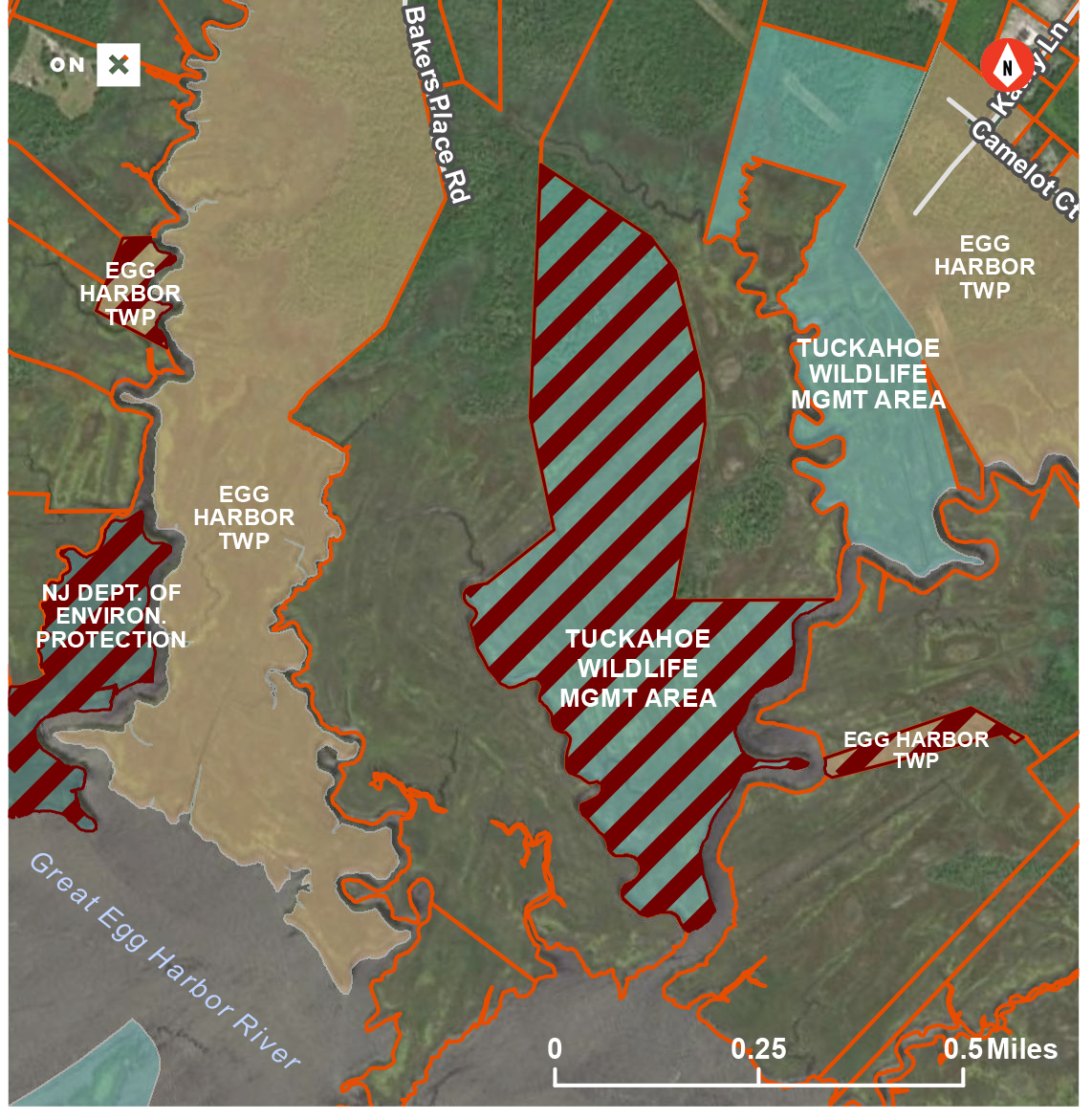
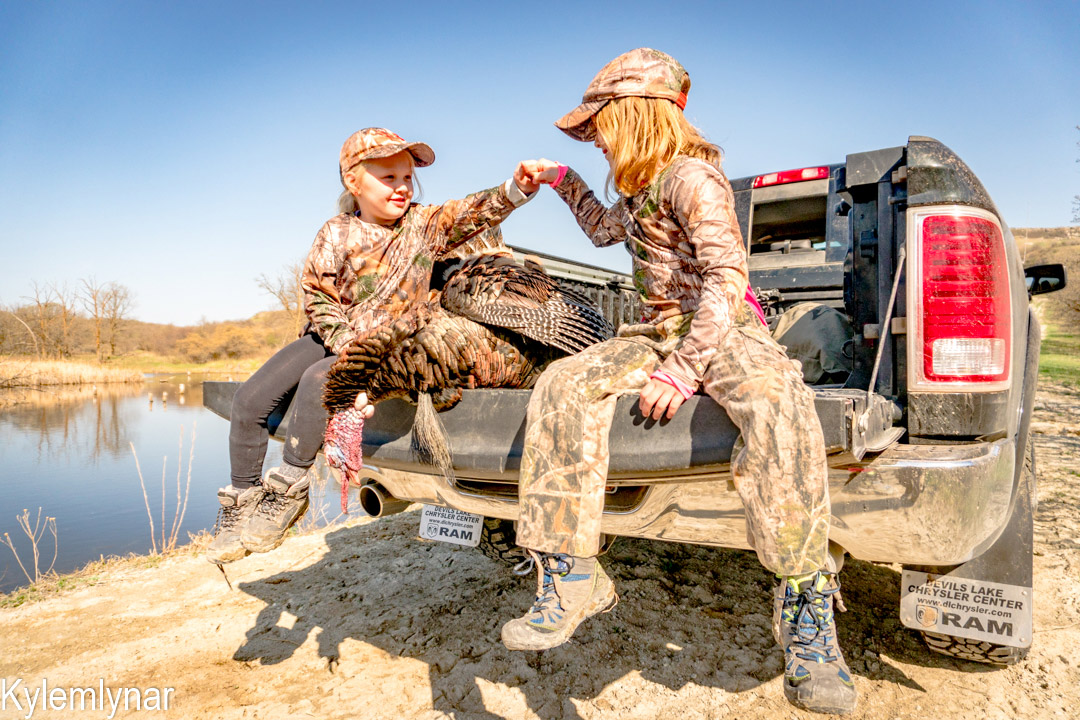
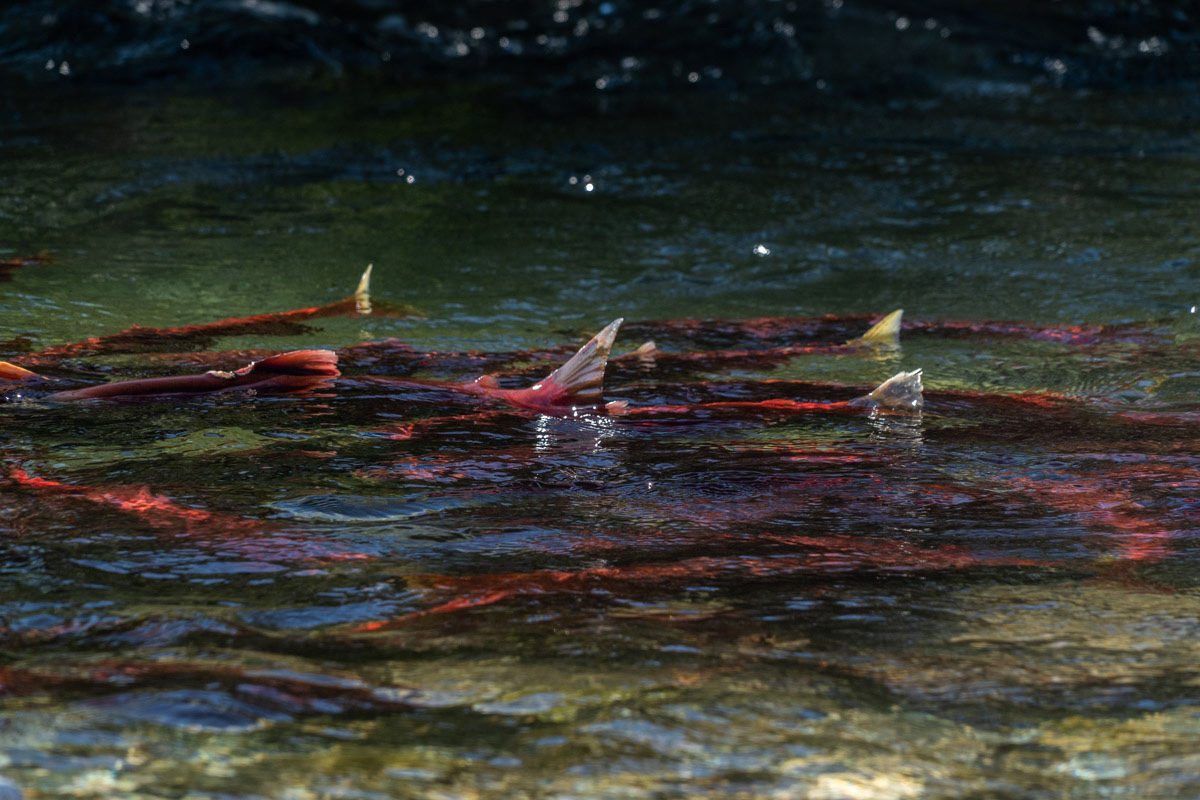
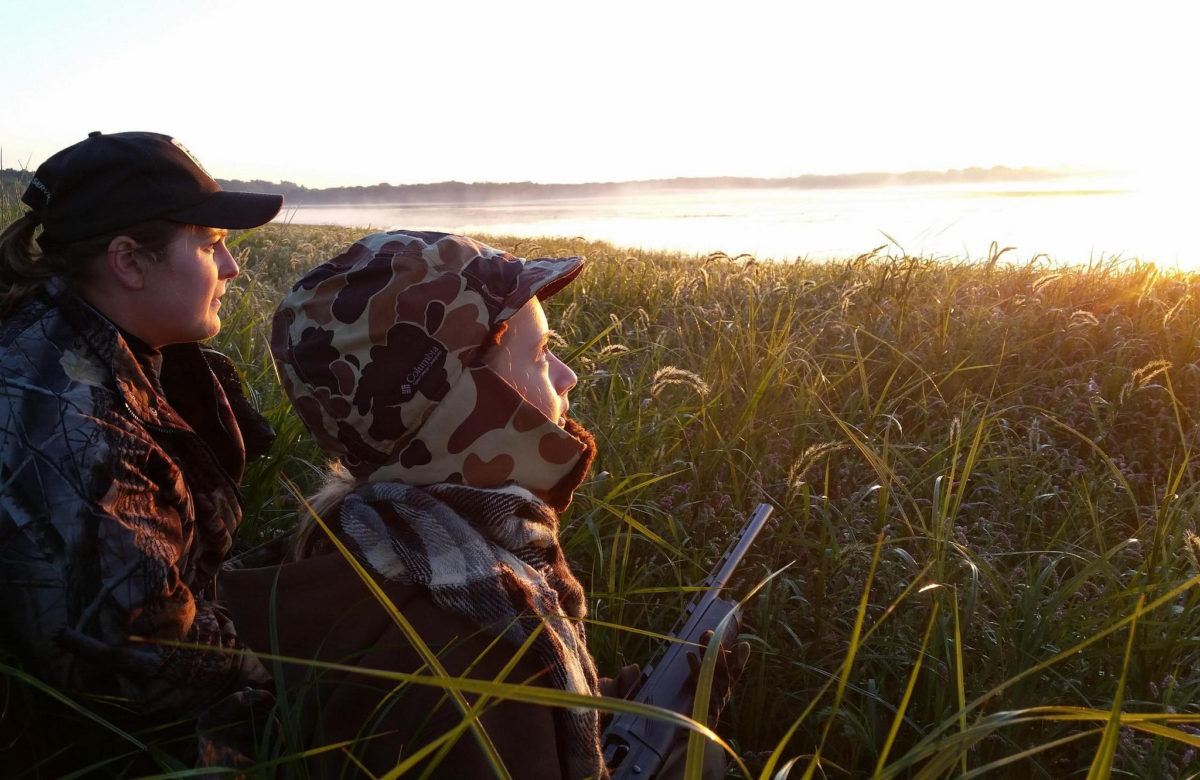
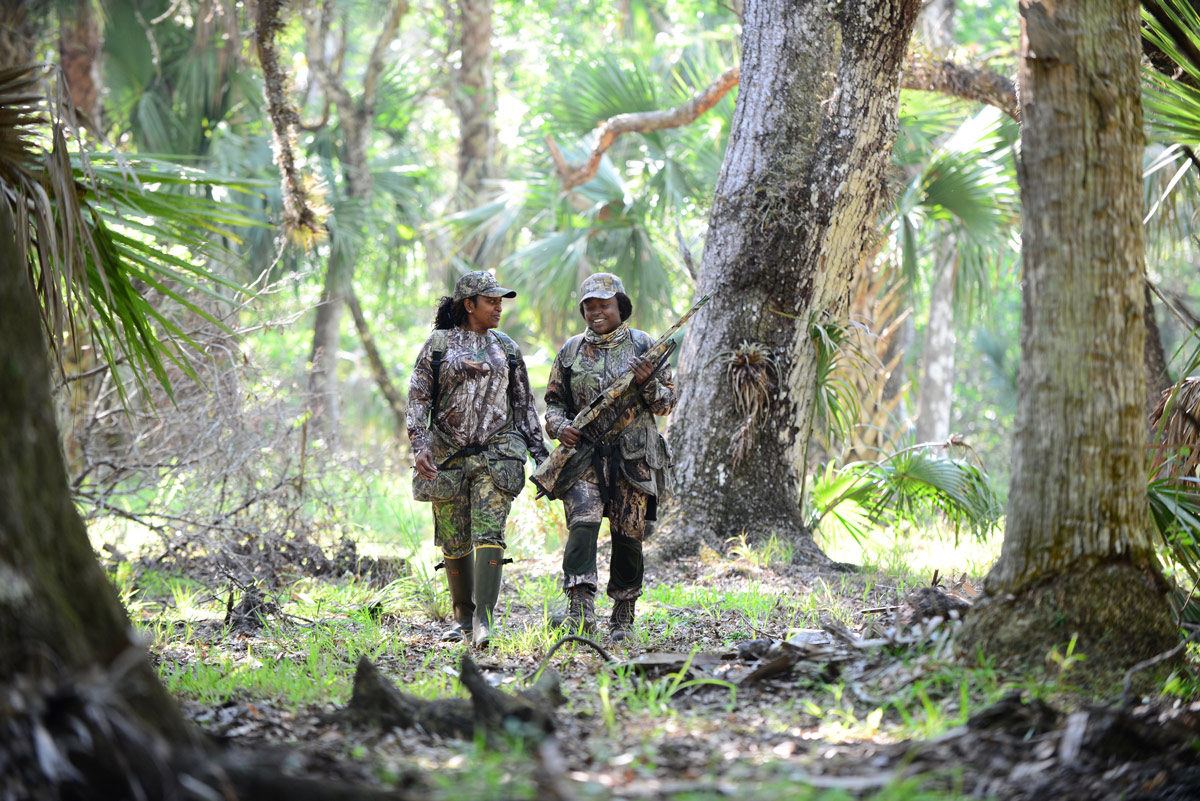
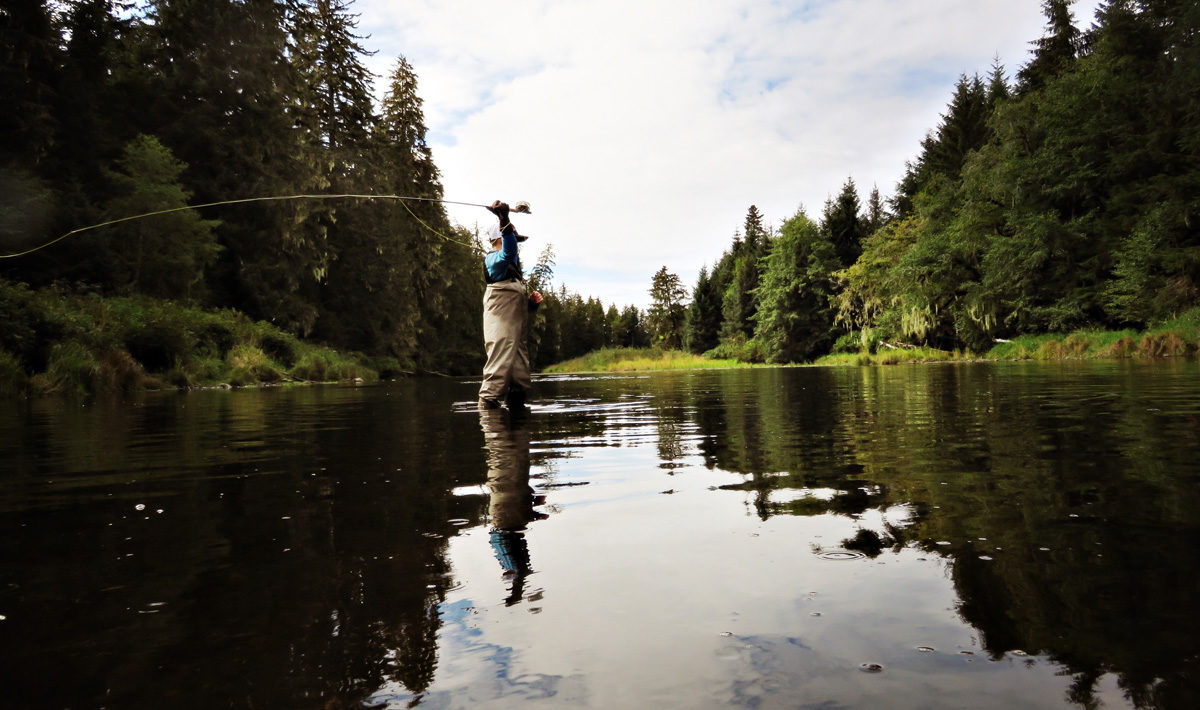
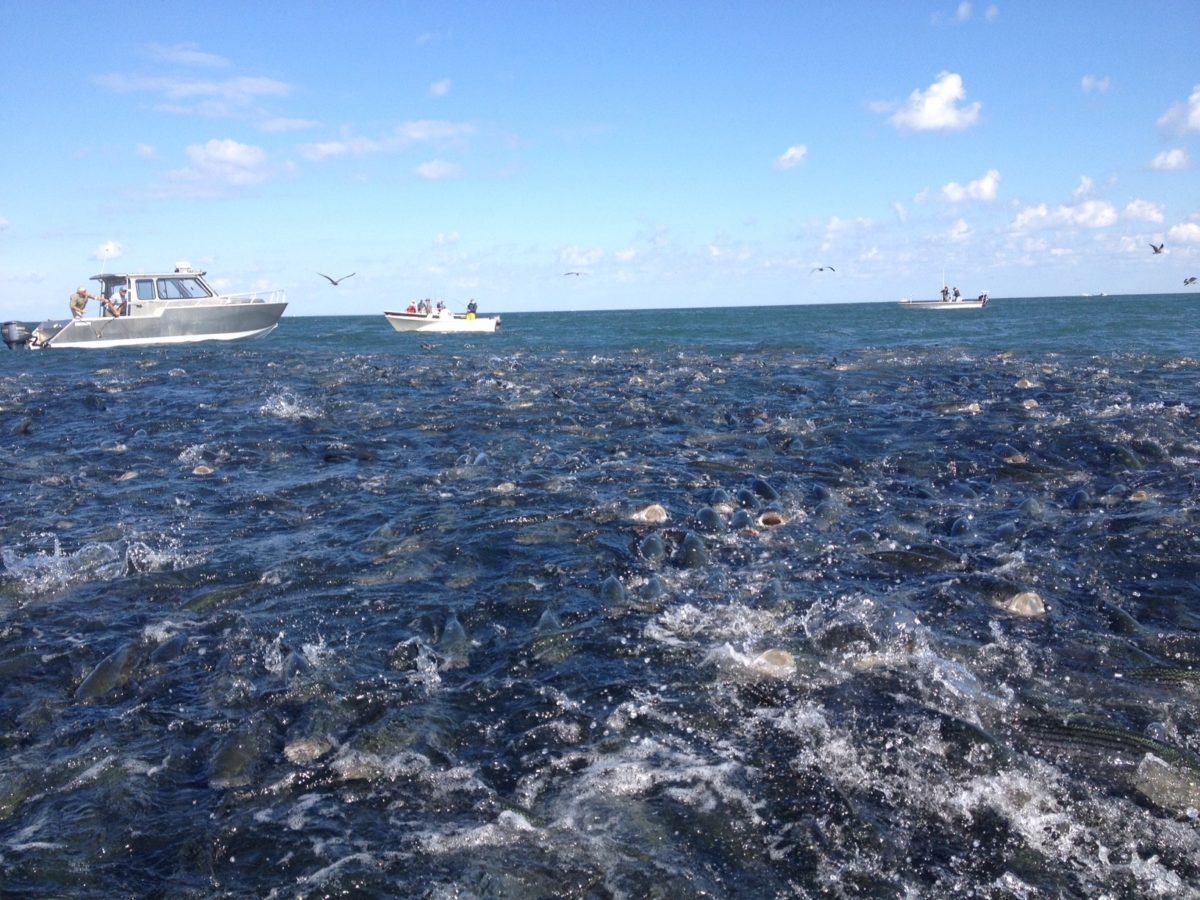
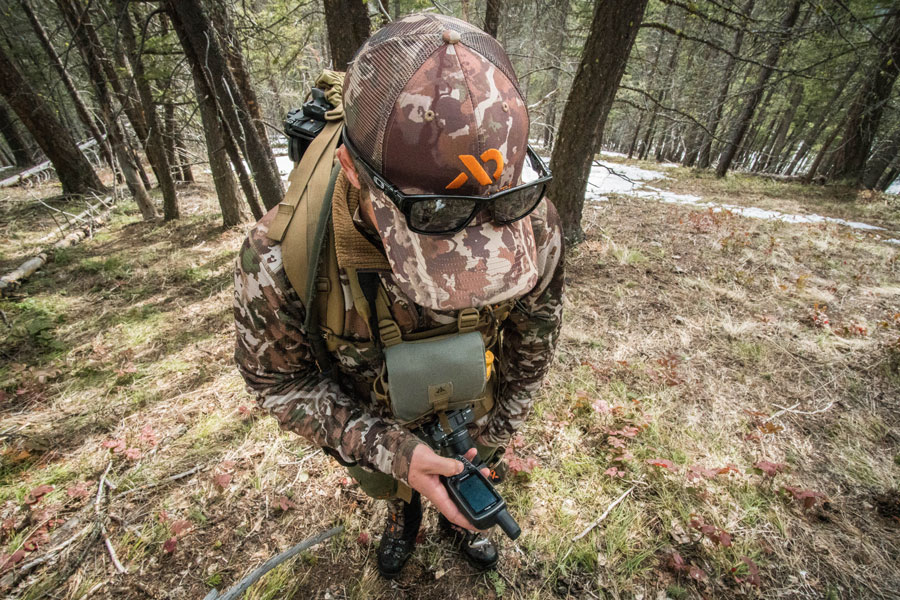
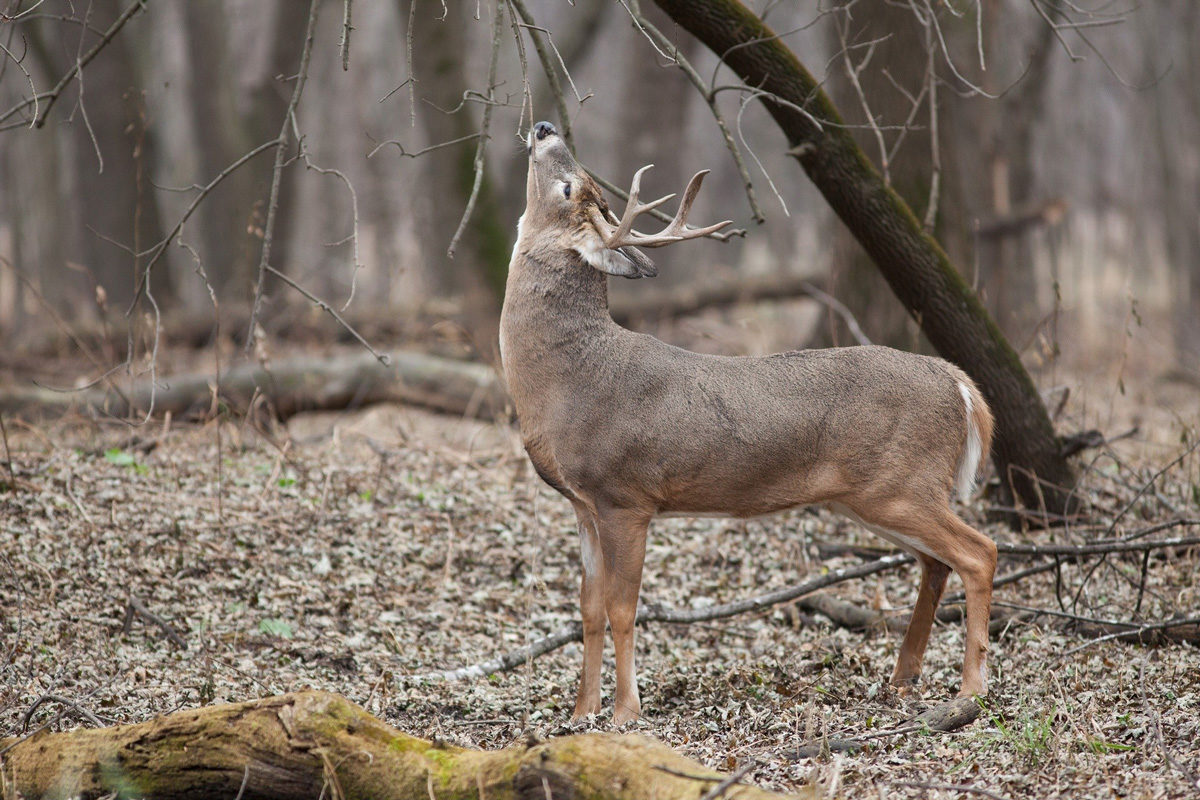
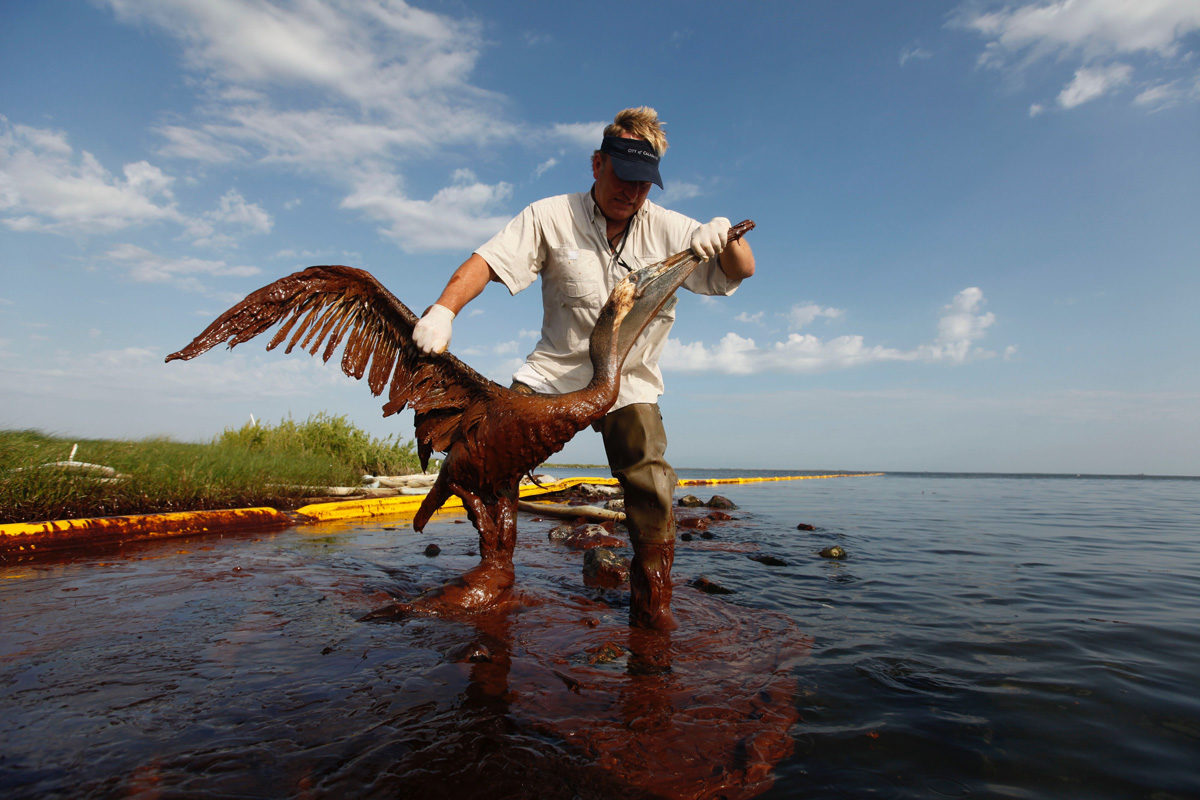
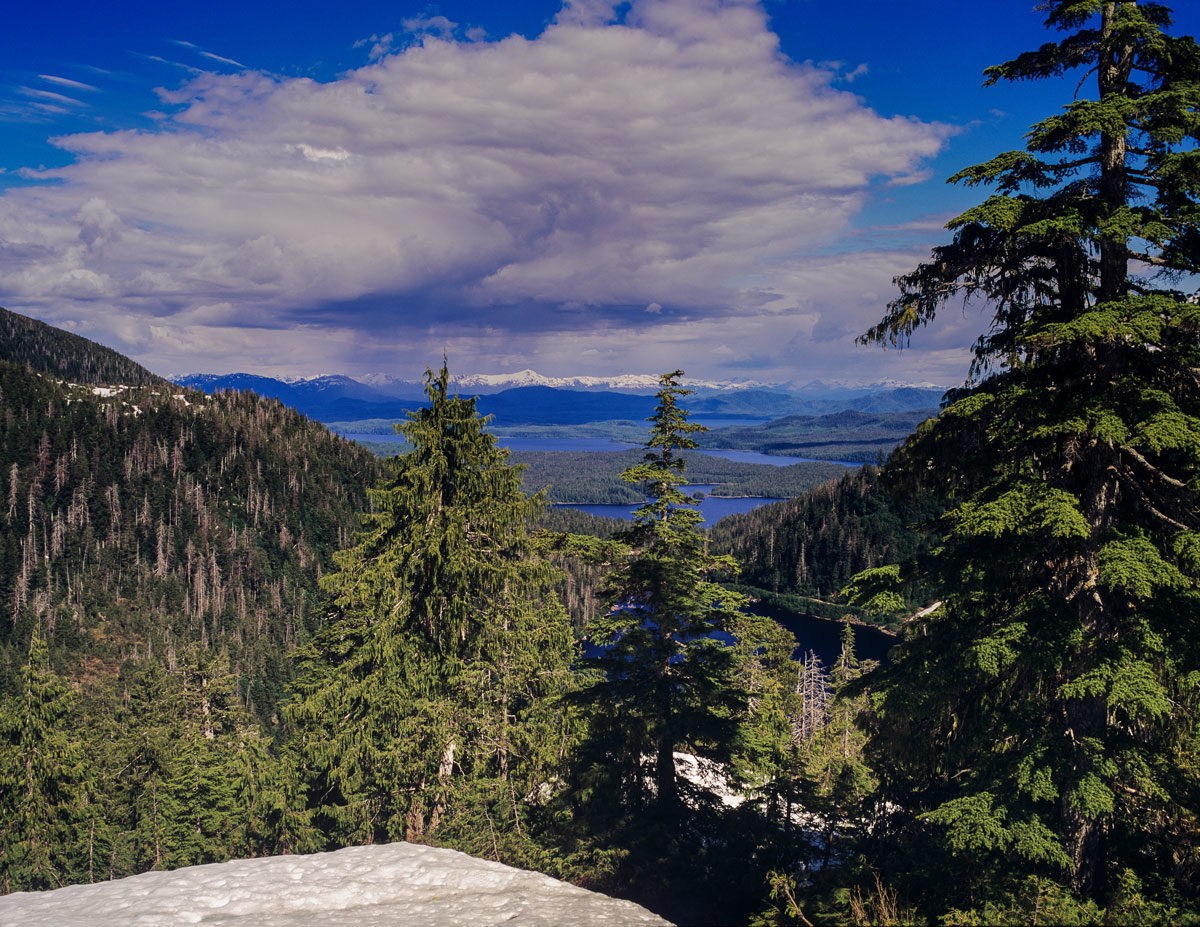




In Sterling Forest State Park in New York- there is a sizable Chuck of LandLocked State Land in the ” Monroe” Township. Upload the Sterling Forest Hunting map. This dark green area with the Allis Trail running through it has the DDWS– Doris Duke Wildlife Sanctuary just south of this area. And the Appalachian Trail connects to this LandLocked State Land to the North. Hunters cannot cross the ” Yellow” DDWS on the Sterling Forest Hunting map to reach the HUNTABLE Landlocked State Land with the AL Trail running through it. And there is no crossing of the Appalachian Trail with even an unloaded Gun.– Thus LandLocked… from 1999 when Sterling Forest became State Land. I wrote then Sterling Forest State Park Manager Jim Gell in 2002 about this issue. His return letter was that he was working on it. That was 18 years ago… I wrote more letters with no results. It is just so unfair. Some of the best hunting was in this area of Sterling Mountain. I don’t have a computer- but usually go to the Library on Tuesdays to check emails. -+ yours Truly Bill Schmidt- 9/17/2020.
Thanks, Bill! Tell us as much as you can about this landlocked parcel here: https://www.onxmaps.com/landlocked-public-lands/report-a-land-access-opportunity
You guys should look in to California. What they have done here in Los Angeles County and probably in other counties, is blocked the roads with gates and I am not talking about seasonal gates, they are permanently locked. You can walk in but not drive in. What this has created for hunters is just an unsafe hunting experience because every one is crowded in the very few areas that they do allow you to drive in and set camp. Many places, you can’t camp on the side of the road or drive deep in to the forest, away from hikers, bikers etc. This creates a safety risk. Jr. hunters can’t always hike far and there is plenty of adult hunters who have physical health issues that can’t hike in miles and miles with all the gear.
We need drastic help in Montana with the thousands and thousands of acres of landlocked public land. Probably more than any state.
My thoughts as the West is burning to smithereens there are more important concerns than recreational access and that is science driven conservation and forest management that have been neglected way too long,, The national Forestry Service, Bureau of Land Management, National Park Service, all have priorities missing, pure and simple. If access means some road cutting through said easements what is now undisturbed land -private or public .. then there is a problem with this initiative, The word Conservation is part of the TRCP., not access. It isn’t TRAP now, is it?
With respect, our current wildfires in the West are entirely inappropriate to use as a foundational argument for diverting attention away from the need to open landlocked private lands. There are always fires burning in the West in August and September. In 1871 the Great Michigan Fire burned 2.5 million acres of forests, farms and towns. In 1910, the Big Burn (see spellbinding book by Timothy Eagan) burned 3 million acres of forest, farms and towns from Washington to Montana. In 1933, 1939, and 1945 the Tillamook fires in Oregon’s Coast Range consumed 350,000 acres of the same. Common to each of these and other catastrophic fires was low humidity and severe winds. The Tillamook fires and our present fires were the products of humidity in the low teens, high ambient temperatures, the dryness of August, AND extraordinary east winds; winds that strengthened and heated through compression after clearing the Cascades.
The fires of 1871, 1910, 1933, 1939, 1945 or other great fires of any number of years had little to do with how the land was being managed. It had much more to do with man’s constant expanding of the urban/forest interface where man starts fires, gets burned by fires, and seeks solace in blaming the government or the loggers or the environmentalists. Trump would rake the forest floor with garden rakes to prevent fires. Biden would use climate change mitigation to stop the unstoppable.
Like Portland’s Columbus Day Storm of 1962 the weather was the problem. Everybody talks about it but nobody, as of today, can do anything about it. Please do not use our current fires in the West as an argument not to open landlocked public lands for recreation!
I agree with Valeria’s comment. There are many conservation and environmental issues of greater importance right now than landlocked public lands. And I speak as a conservation professional in NJ who works for an organization dedicated in part to enhancing waterfront access for all, especially on waterways in urban/suburban areas where it Is very often compromised due to development and/or historic contamination. Speaking of, opposing Trump administration rollbacks of longstanding, hard-fought environmental protections should be a TRCP priority. The most insidious forms of contamination in fish are those impossible to see, smell or taste like PCBs, dioxin and hexavalent Chromium – all of which are found in fish species throughout American coastal and inshore waters. And that’s just one issue of many that should be of great concern to anglers and all outdoors persons.
One last thing: lest I be accused of conservation heresy, I do not think that all public lands need be easily accessible in all instances to all people for all reasons all the time. Some species need to not have us around – especially during critical seasons like courtship, nesting / denning and fledging. Wildlife species need their alone time, too if for no other reason than having it allows for better reproductive success.
Maybe some of these land-locked areas should be dedicated to WSA’s and put into Conservation easements for habitat & wildlife. Even the wilderness areas and National wildlife refuges are are under siege in Colorado with too much human and livestock traffic. It forces the wildlife onto private land to forage where they are hunted during “Special” damage hunt seasons called “Ranching for Wildlife” These “special” permit areas are mostly large Corporate acreages which are operated by professional guide services who charge $5500 per head to hunt.
When I lived in Michigan, my parents died and had one 39 acres of woods “Land locked”. However no land in Michigan can be held land locked. So I found a Lawyer who specialized in opening land that is land lock. It took about 9 months and cost me $1,700, that I paid the lawyer. I paid zero to the land owner where I got access to drive across his land and I added it to my deed. I sold the land in 60 days then.